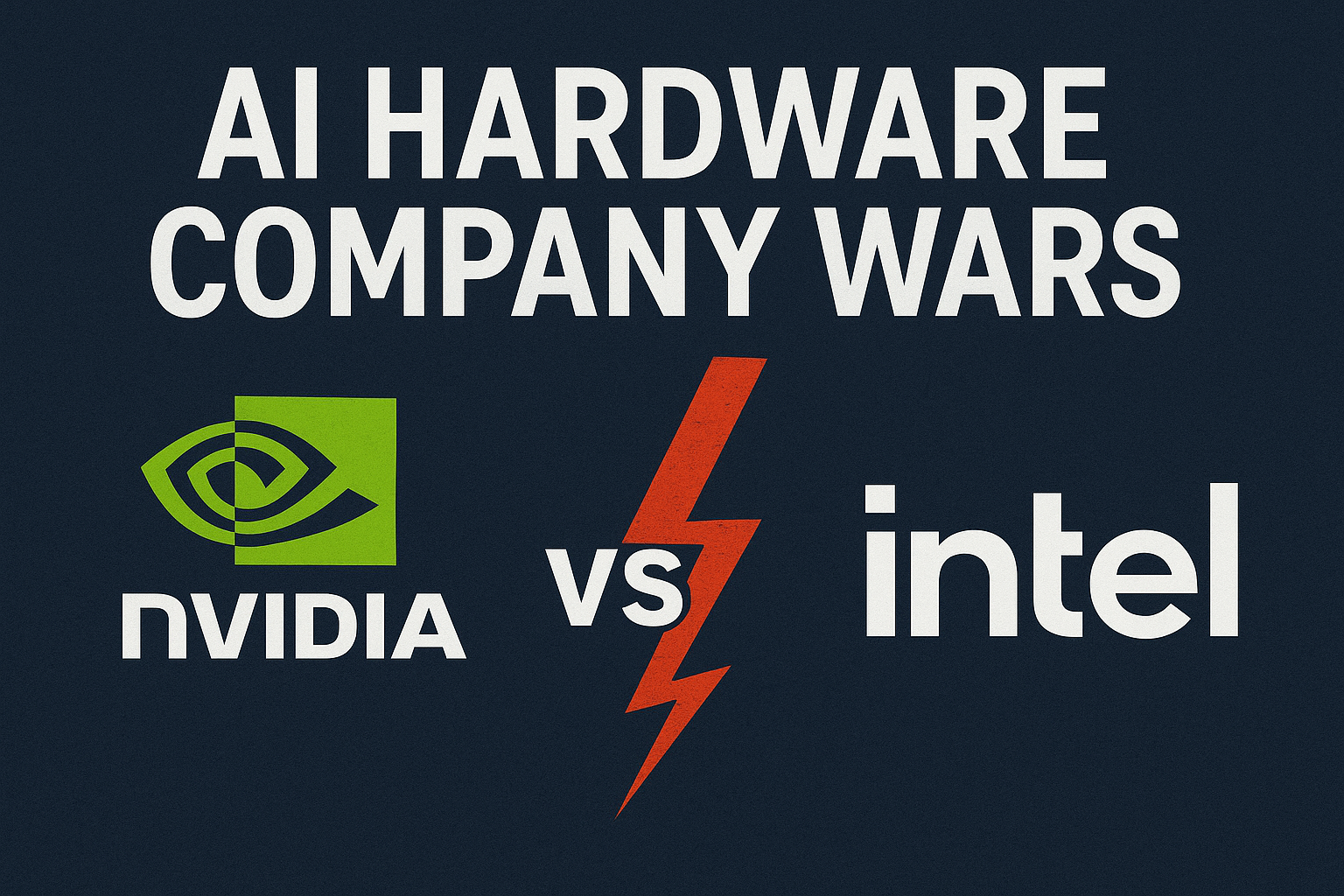Specialized Hardware Drives AI Advancement, Signaling Shift from Software Dominance

The tech industry is witnessing a profound transformation as specialized hardware increasingly dictates the pace and capabilities of artificial intelligence development, a trend succinctly captured by Thomas Wolf's observation: > "Hardware is eating the world of software." This shift underscores a growing reliance on purpose-built processors to unlock the next generation of AI innovation.
The demand for more powerful and efficient AI models, particularly in areas like large language models and generative AI, has pushed the limits of traditional general-purpose processors. This has led to a surge in the development and adoption of custom AI chips, including Neural Processing Units (NPUs), Tensor Processing Units (TPUs), and dedicated AI accelerators. These specialized silicon components are engineered to handle the intensive computational demands of AI tasks, offering faster processing, lower latency, and reduced energy consumption.
Major technology companies are at the forefront of this hardware arms race. Industry giants like Nvidia, with its H100 Tensor Core GPU and Blackwell architecture, and AMD, with its MI300 series, are continuously innovating their AI accelerator offerings. Hyperscale cloud providers such as Google, Amazon Web Services (AWS), and Meta are also investing heavily in developing their own in-house AI chips to optimize their platforms and reduce reliance on third-party vendors.
The integration of hardware and software design has become critical for achieving optimal performance in AI systems. This co-design approach ensures that AI models and their underlying hardware are developed in tandem, maximizing efficiency and capability. Furthermore, the trend towards "edge AI" is driving the need for specialized on-device hardware, enabling AI processing directly on devices like smartphones, wearables, and autonomous vehicles, thereby improving privacy, reducing latency, and decreasing bandwidth usage.
As AI models grow in complexity and scale, the associated infrastructure costs and energy consumption are escalating. This economic and environmental pressure further fuels the innovation in hardware, pushing for more resource-efficient designs and architectures. The industry is now moving towards annual release cycles for AI accelerators, highlighting the rapid evolution and strategic importance of this hardware-centric approach to artificial intelligence.